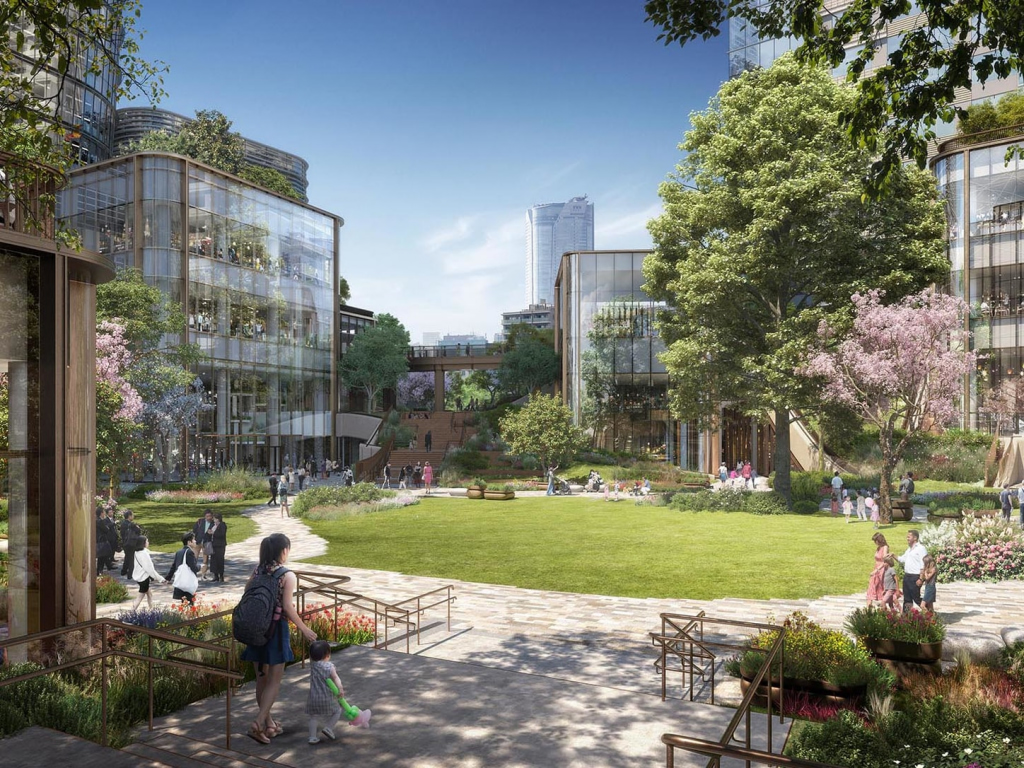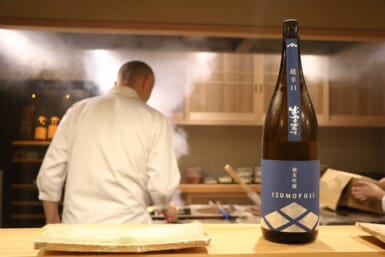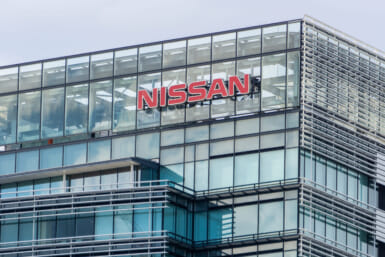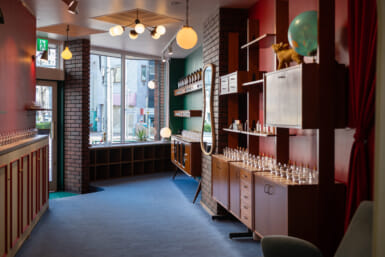Tokyo already has more than enough skyscrapers, but when a new massive urban regeneration project is announced and the developers promise a focus on greenery and wellness to balance out the additional concrete, we can get on board. If there’s one thing Tokyo needs more of it’s greenery.
Last week, Mori Building, a leading urban landscape developer, unveiled plans to transform 8.1 hectares in central Tokyo into a “modern urban village.” While the official name has yet to be decided upon, the development is currently titled the Toranomon-Azabudai Project and aims to combine the “sophistication of a megalopolis with the intimacy of a small village.”
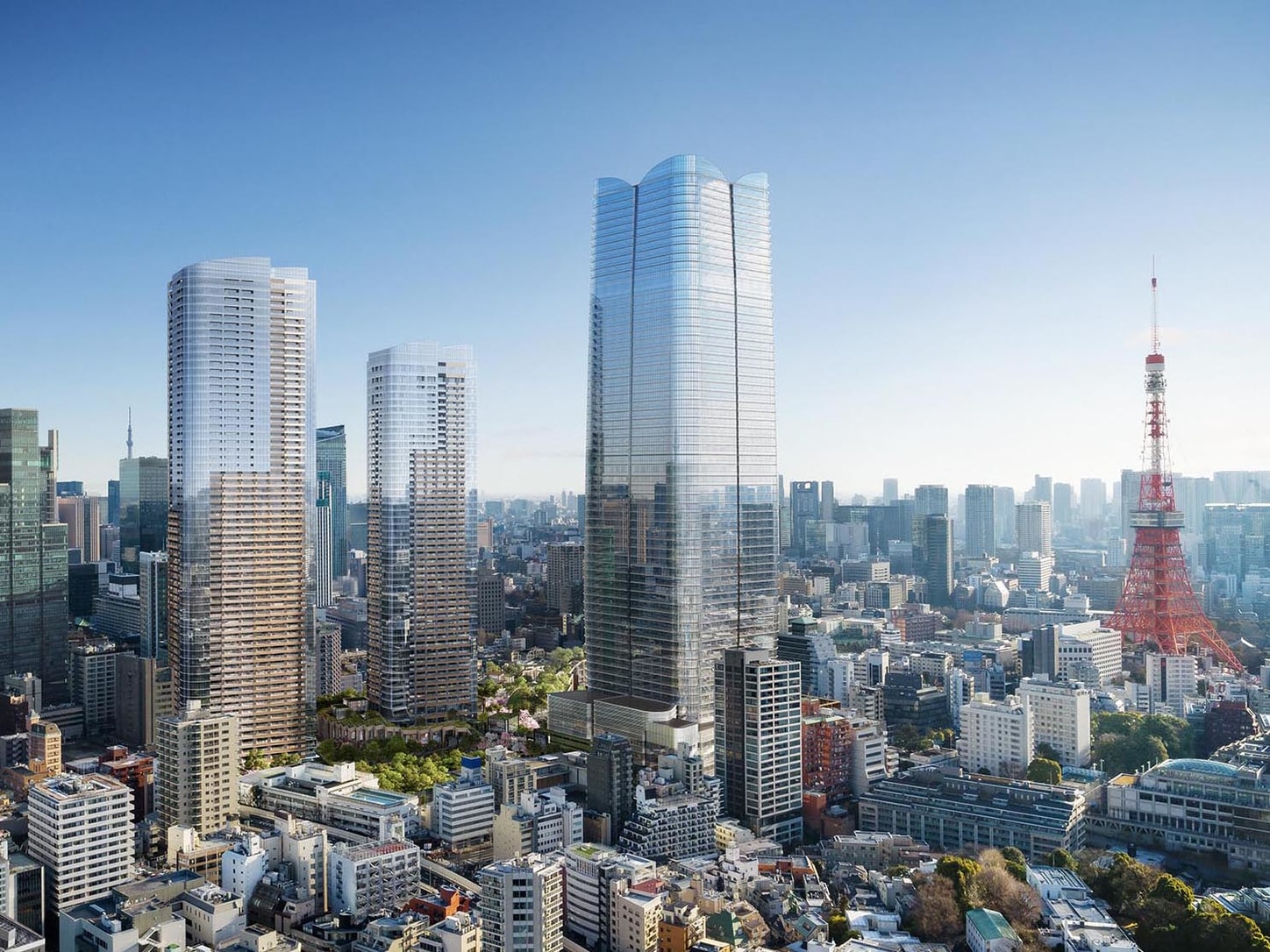
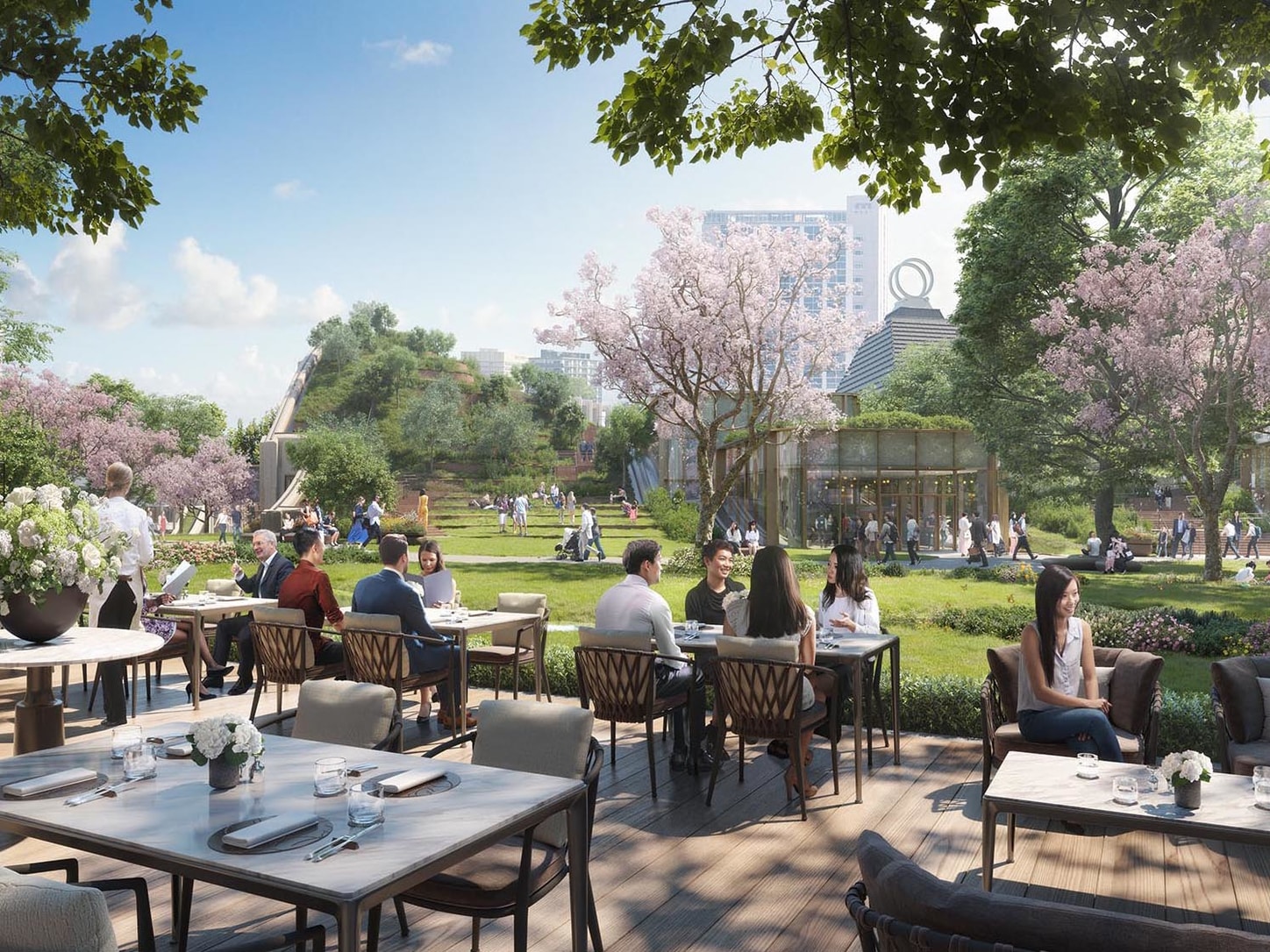
Known for developments that combine living, entertainment and working spaces such as Roppongi Hills and Toranomon Hills, Mori Building spent three decades planning this particular regeneration project. One of the reasons it took so long, says CEO Shingo Tsuji, is because the company worked together with local residents to ensure that they were part of the process and were not simply “bought out.” They also consulted with innovators from around the world, including architect Marco Costanzi, Monocle founder Tyler Brûlé, and designer Thomas Heatherwick (known for creating the London 2012 Olympic Cauldron).
The result? A cutting-edge, eco-conscious “city within a city” that will include 24,000m2 of greenery (including a 6,000m2 central square), space for some 20,000 office workers and 3,500 residents, and a brand-new home for The British School in Tokyo. The project is also designed to provide a safe environment in the event of earthquakes and, according to Mori Building, will be able to withstand a major disaster on the scale of the Great East Japan Earthquake. What’s more, 100 percent of the electricity supplied to the neighborhood will be from renewable sources.
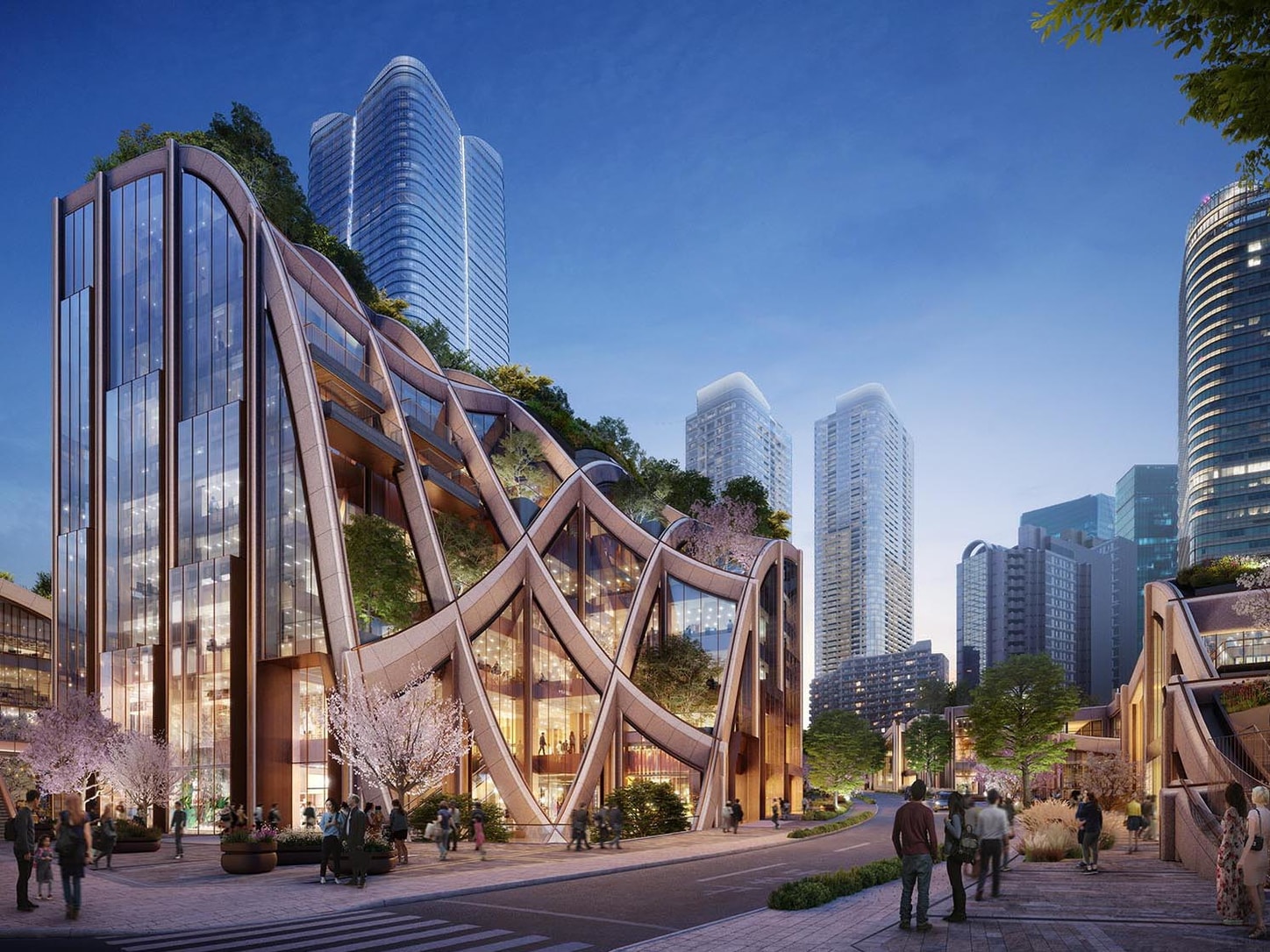
The development, which is scheduled for completion in 2023, will be situated in the center of Tokyo’s Minato district and is expected to enhance the already international atmosphere of the neighborhood. It will be adjacent to Ark Hills and in between Roppongi Hills and Toranomon Hills, effectively linking all of these centers to create one big cultural and economic hub.
Photographs courtesy of Mori Building

